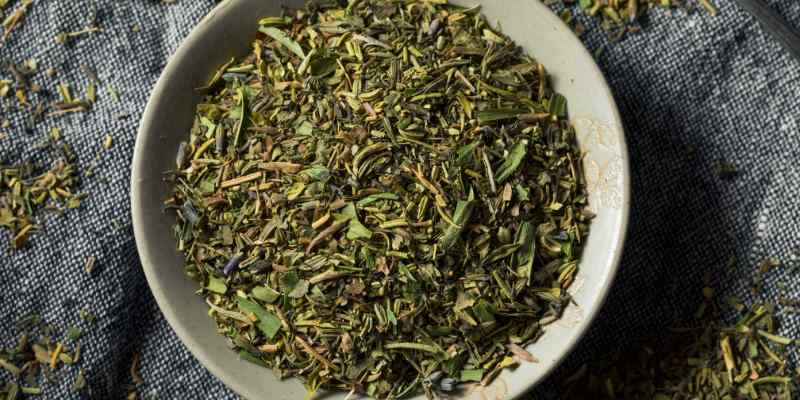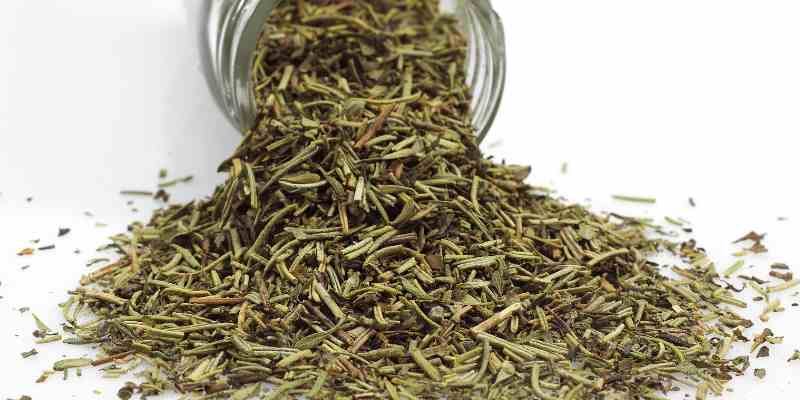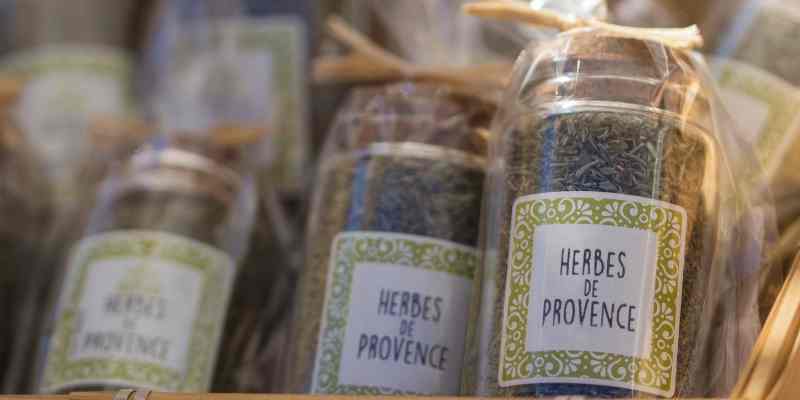Mix of several aromatic herbs from the Mediterranean region, "herbes de Provence" are a must-have on kitchen shelves. Sprinkled over grilled dishes in summer or enhancing a vegetable soup in winter, they are part of our French heritage. Instead of buying them commercially, where they often do not originate from Provence, it is very easy to grow them at home if you have the herbs that make up the mix.
I created my own blend of herbes de Provence this summer and I’m sharing my tips to prepare and store them properly.

The herbs included in the composition of "herbes de Provence"
The term herbes de Provence is certified and has been subject to a specification since 2010, both in the herbs that compose it and in their proportions. However, this name is not yet protected. This iconic condiment of Provence is therefore a misnomer, as it is one of the most imported products, with France accounting for only 10% of its production! Only the French Label Rouge guarantees a French origin, identifiable by its price, which is twice as high as Polish or Moroccan herbs…
Not just any herb can be included, as each brings a specific flavour that contributes to the aromatic power of herbs de Provence. These dried herbs are traditionally four in number: rosemary, oregano, summer savory and thyme.
When making them at home, you can add, according to your taste or your herb garden, sage, chervil, bay leaf, marjoram, basil, fennel seeds, lavender, etc., to create your own personalised blend!
The right proportions for herbs in the traditional way
The quantity to mix is also subject to strict rules, following a precise, well-balanced dosage, roughly corresponding to a quarter for each herb, namely 27% oregano, 27% rosemary, 27% summer savory, and 19% thyme.
At home, you can obviously make a mix with equal proportions; we won’t quibble over that 🙂
Drying herbes de Provence
When we talk about herbes de Provence, we mean dried herbs. After harvesting, early in the morning, once the dew has evaporated and before the sun gets too hot, cut and gather each herb into a bouquet that you will hang upside down.
Let the herbs dry for 3 to 4 days, depending on the season and region (and its humidity level). At my home in Anjou, I let my herbs dry for 3 days in July (which was very hot this year!) outdoors and in the shade. It will likely take a few more days earlier in the season. In September, it’s better to dry your herbs in the sun.
This drying step is crucial: it determines the future preservation of the mix.
For your little harvest, the ideal time is before these various plants flower, as this ensures more potent aromas, ideally around June, depending on the regions. However, you can certainly do this all year round, and even include flowering tops, in which case, they should be harvested at the beginning or during full bloom.
Preparing and then grinding the herbs
Once dried, the herbs should be stripped of their stems (especially rosemary). If you put all the herbs in a mini chopper, this step is optional.
The quickest way is to put all the herbs in a small herb chopper. Be careful not to blend too finely; we don’t want to end up with herb powder! Blend gradually, in bursts, to achieve the perfect mix.
You can also grind the herbs in a large mortar, or in a spice grinder. The rule is not to grind large quantities at once.
Personally, I don’t blend the oregano, just crumbling its leaves, which is easy when it’s well dried. I blended or ground each herb separately.
Note: using bay leaf, which has much larger leaves than the other herbs and is less "crumbly", I started by grinding it separately in the mini chopper.
My tip: don’t have a chopper but an old electric coffee grinder lying around? By putting small amounts in it, you can achieve a decent result in the grinding.
Mixing the herbs
All that’s left is to combine the herbs in the desired proportions in a large bowl. I weighed each ground herb separately and mixed them by hand, aerating them.

Storage
To store your own herbs de Provence, nothing beats a small glass jar or pot. I keep the commercial ones, which are very handy, but you can also use pretty jars. The important thing is that they are airtight and, of course, very clean.
Just place them in a cupboard or at least away from direct light, heat, or humidity.
In a small glass jar, the herbs will retain their aromatic potency for about a year.
My tip: when preparing your own quantity of herbs de Provence, keep some to give as gifts! Nicely labelled, they make a lovely original gift, just like homemade jams!































Comments